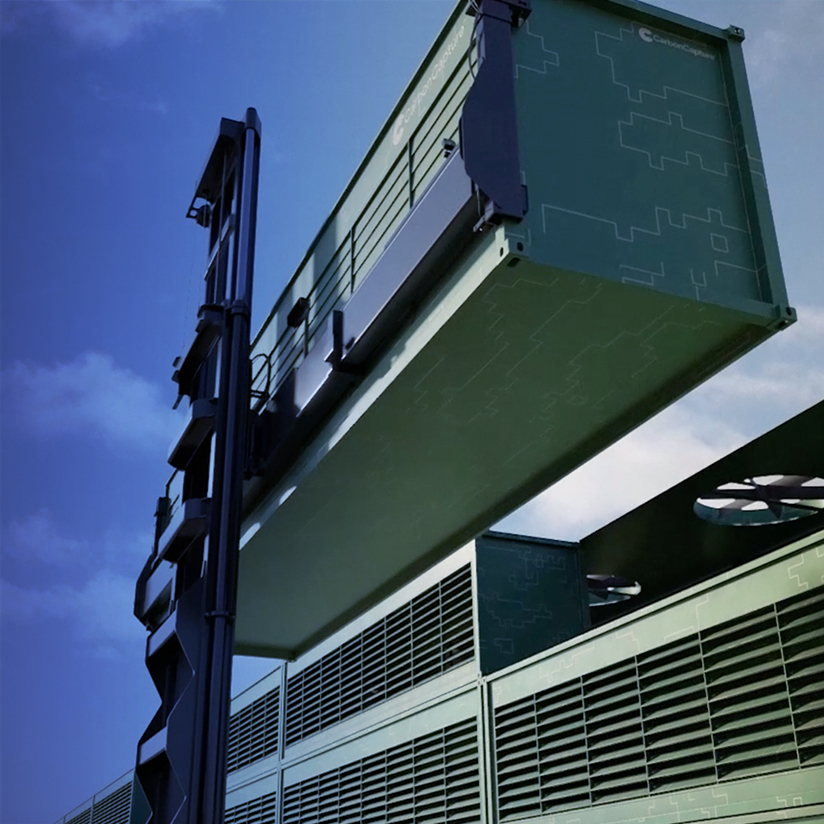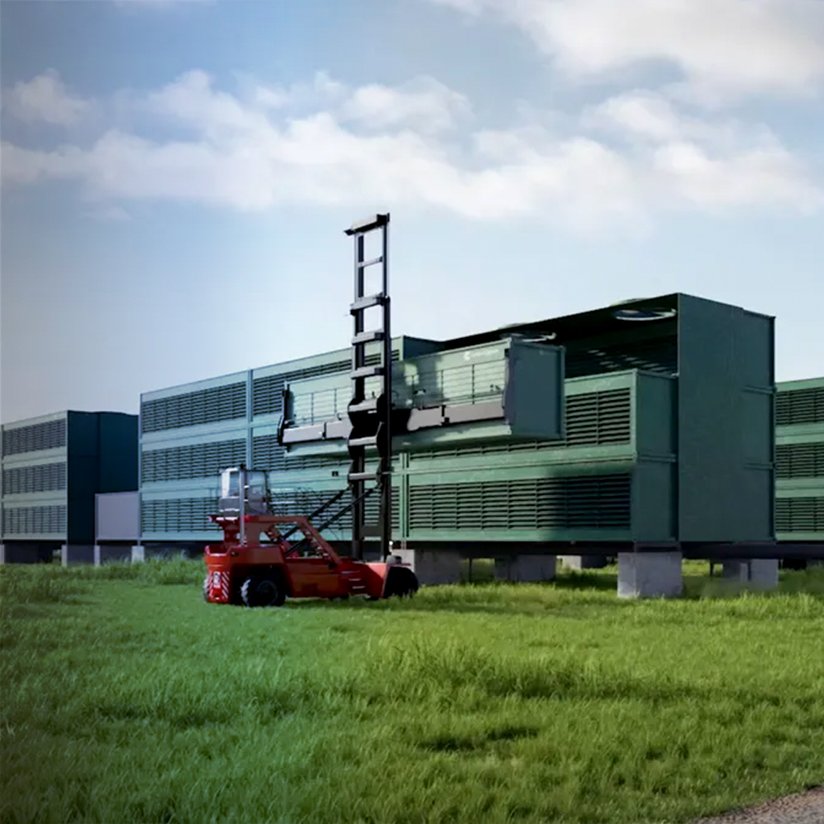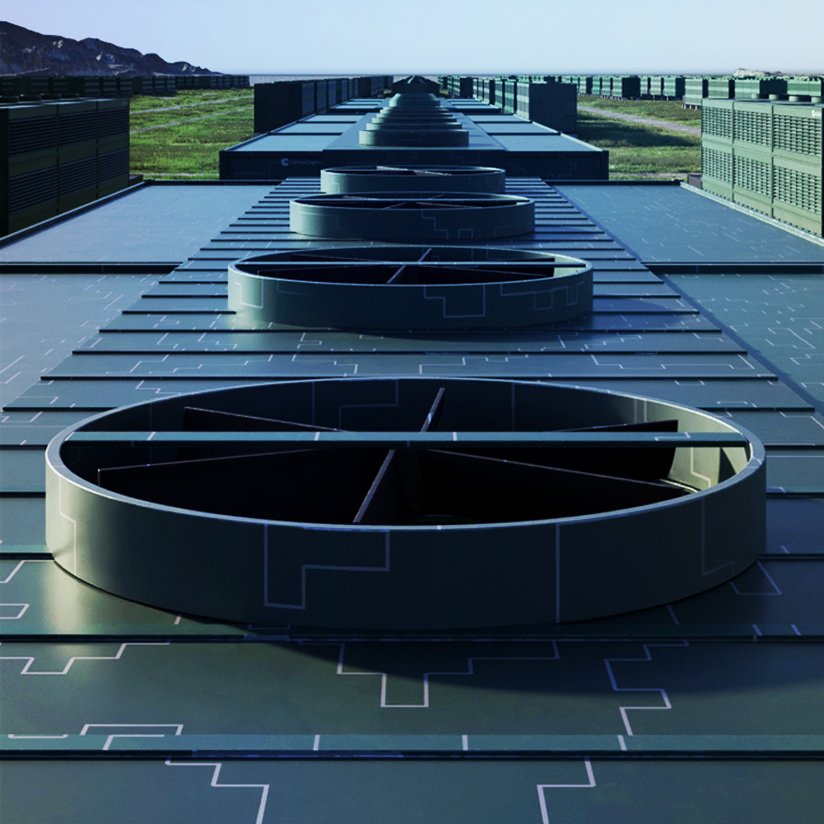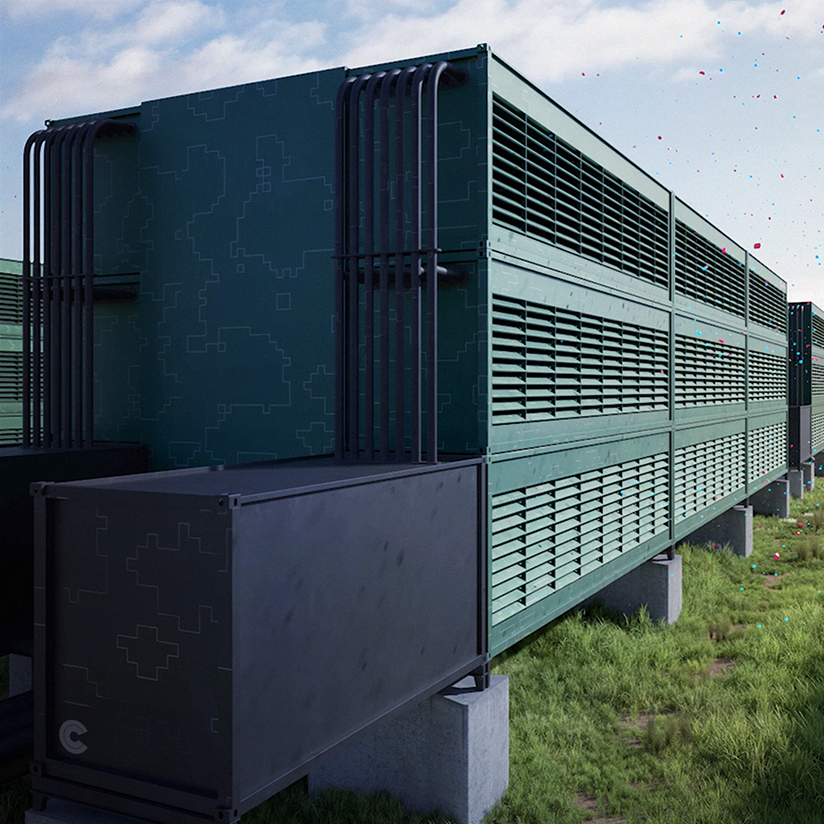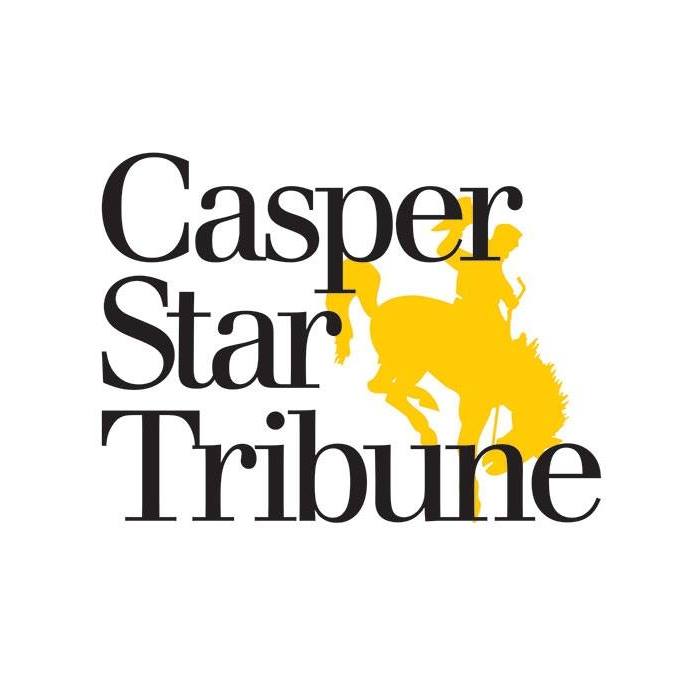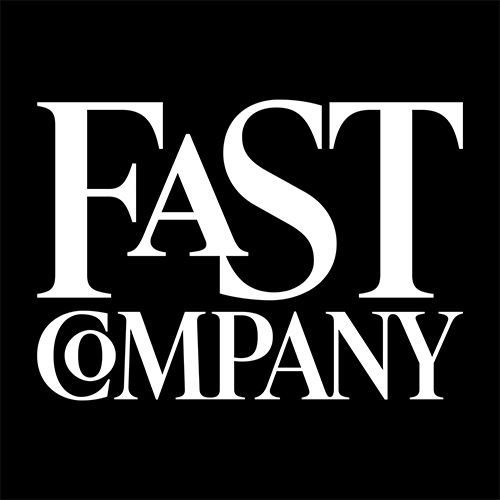We seek to be a valued partner and employer in the community for decades to come.
To make sure we're aligned with local constituents at every stage of our project, we've convened a community engagement board that includes representatives from state and local government, local businesses, state and community academia, and NGOs.
We fully understand that safety and security is of paramount importance, but we also know that good jobs are critical for the local economy and for keeping young people from moving elsewhere. Our goal is to build a new atmospheric carbon removal industry that not only addresses climate change, but provides the type of well-paying jobs that are in high demand.
